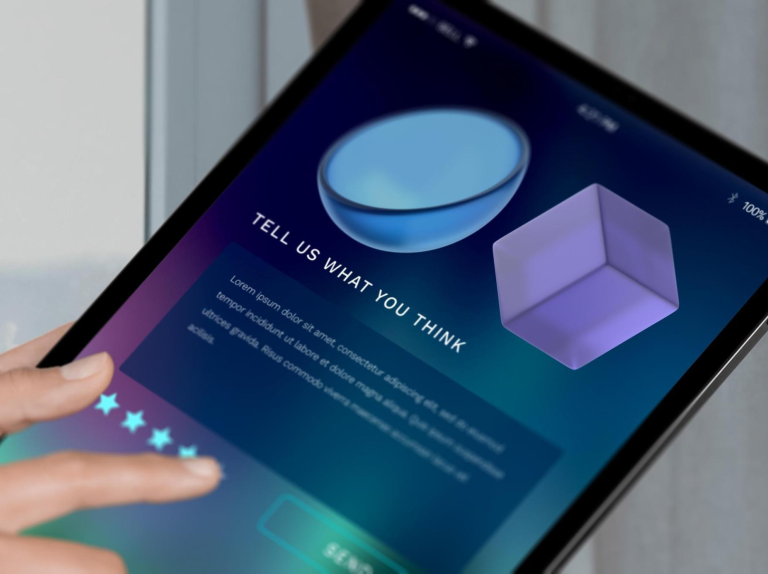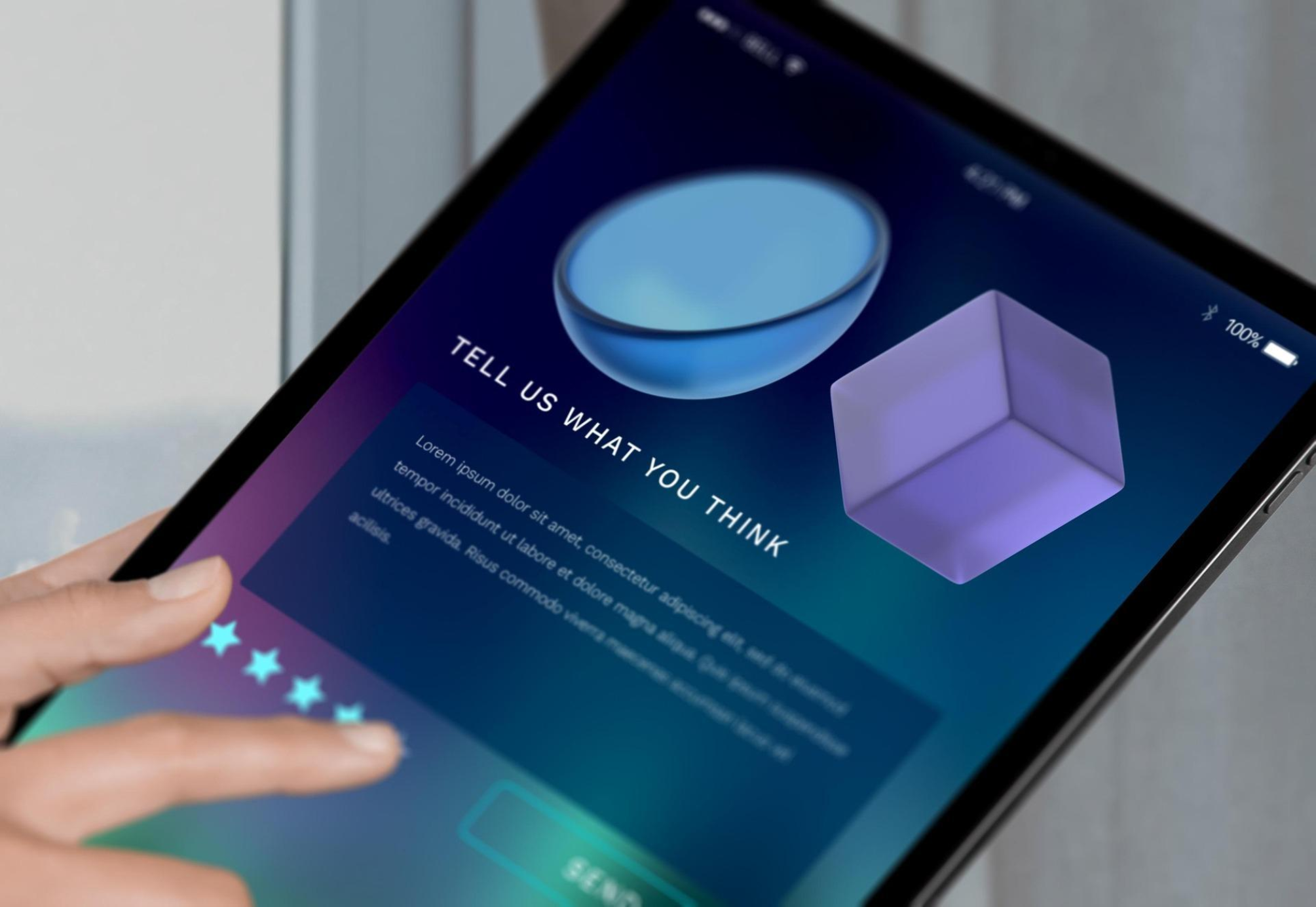
Pop-up surveys are effective tools for real-time feedback, helping businesses engage users, improve experiences, and make data-driven decisions. When designed well—short, timely, relevant, and mobile-friendly—they boost engagement and conversion rates. Tools like Hotjar and Typeform simplify creation and analysis for impactful results.
Pop-up surveys have become a powerful tool for businesses looking to engage their audience, gain valuable insights, and improve customer experiences. When implemented strategically, they offer real-time feedback without disrupting user interaction. Here's everything you need to know to make the most of pop-up surveys.
What Are Pop-Up Surveys?
Pop-up surveys are small windows or overlays that appear on a website, app, or platform to collect feedback from visitors. They’re designed to capture user opinions, preferences, and satisfaction levels, offering quick insights that traditional surveys might miss.
Why Use Pop-Up Surveys?
Pop-up surveys help bridge the gap between businesses and their audience by:
- Capturing Contextual Feedback: They gather insights in the moment when users are interacting with your product or service.
- Boosting Engagement: When designed well, pop-up surveys create meaningful interactions.
- Enhancing Decision-Making: The data collected helps refine strategies and improve user experiences.
Types of Pop-Up Surveys
- Exit-Intent Surveys: Triggered when a user is about to leave your website, these surveys can uncover why visitors are dropping off.
- Customer Satisfaction (CSAT) Surveys: Ideal for measuring satisfaction after a purchase or interaction.
- Net Promoter Score (NPS) Surveys: Evaluate how likely customers are to recommend your brand to others.
- Product Feedback Surveys: Collect insights on new features or products directly from users.
- Market Research Surveys: Understand customer demographics, preferences, and behavior patterns.

Best Practices for Effective Pop-Up Surveys
- Keep It Short: Limit your survey to 1-3 questions to maximize response rates.
- Timing Matters: Avoid interrupting critical moments, like during checkout. Use triggers like page scrolls or time spent on a page.
- Make It Relevant: Personalize surveys based on user behavior, like visited pages or past purchases.
- Offer Incentives: Rewards like discounts or freebies can increase participation.
- Optimize for Mobile: Ensure surveys are responsive and user-friendly on all devices.
- Respect User Privacy: Clearly explain how their feedback will be used and ensure compliance with data protection laws.
Key Benefits of Pop-Up Surveys
- Real-Time Feedback: Understand user sentiment at the moment it matters most.
- Improved User Experience: Use insights to refine navigation, content, or processes.
- Higher Conversion Rates: Address pain points and barriers to boost sales.
- Data-Driven Decisions: Align your strategies with customer expectations.
Tools for Creating Pop-Up Surveys
There are plenty of tools available to streamline pop-up survey creation. Platforms like Qualaroo, Typeform, and Hotjar offer customizable templates, advanced targeting options, and analytics dashboards to help you maximize survey effectiveness.
Conclusion
Pop-up surveys, when used thoughtfully, can transform the way businesses interact with their audience. By capturing timely feedback, you can enhance user experiences, improve products, and drive meaningful engagement. Whether you're a startup or an established enterprise, pop-up surveys are an essential part of your toolkit for growth and customer satisfaction.
Submit Your Thought Leadership

Share your thought leadership with the Destinations International team! Learn how to submit a case study, blog or other piece of content to DI.


